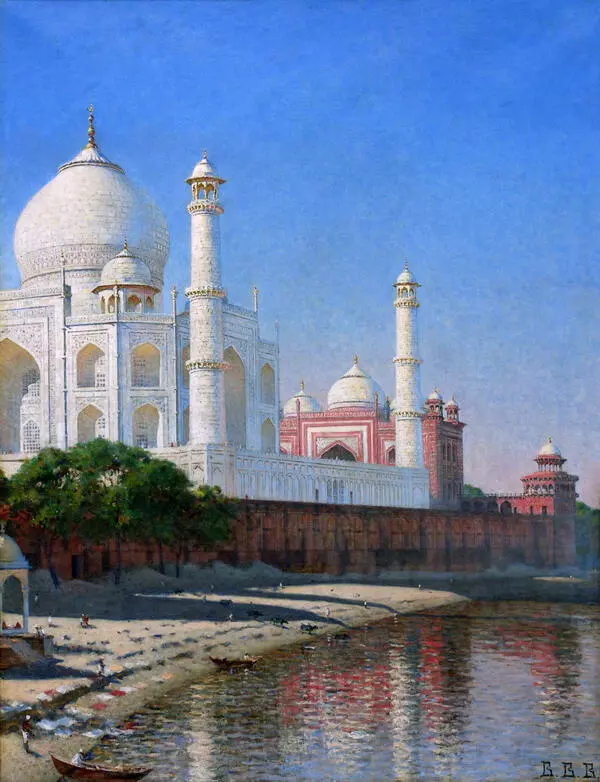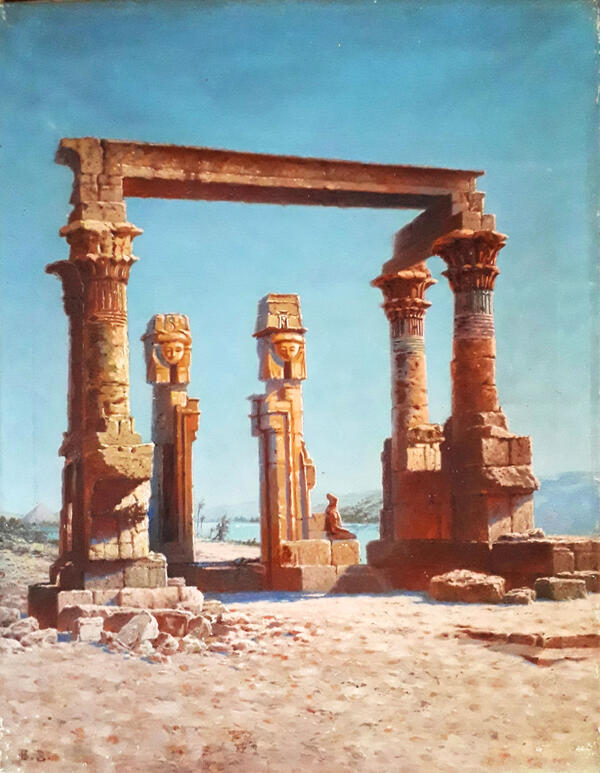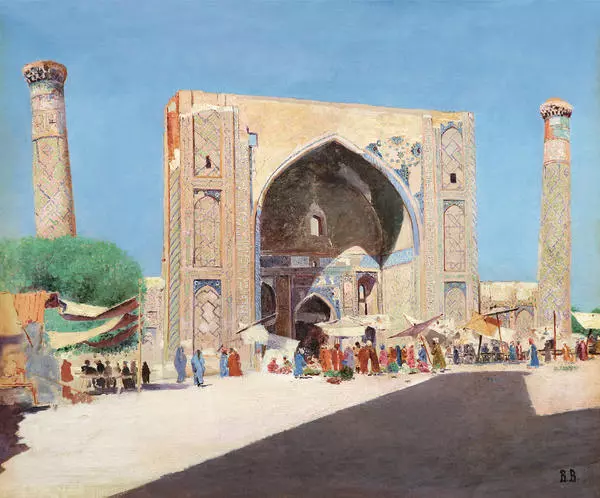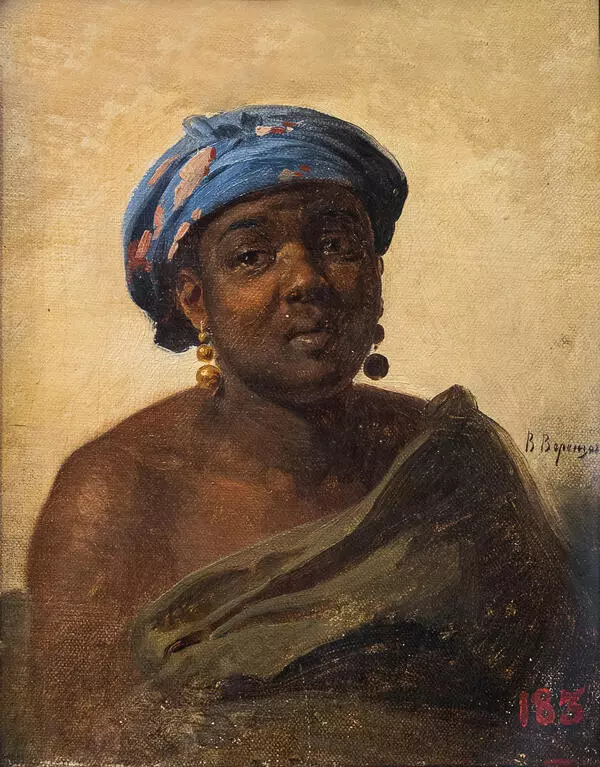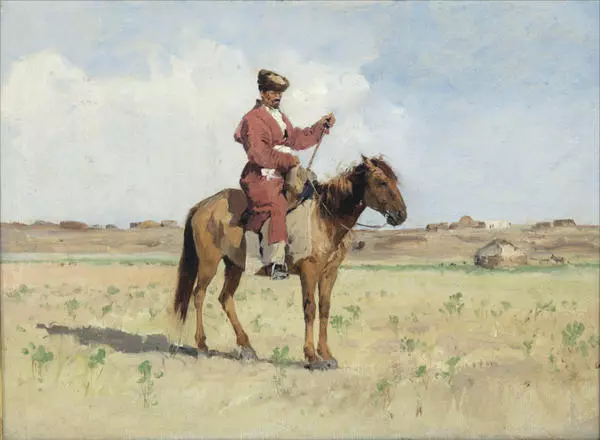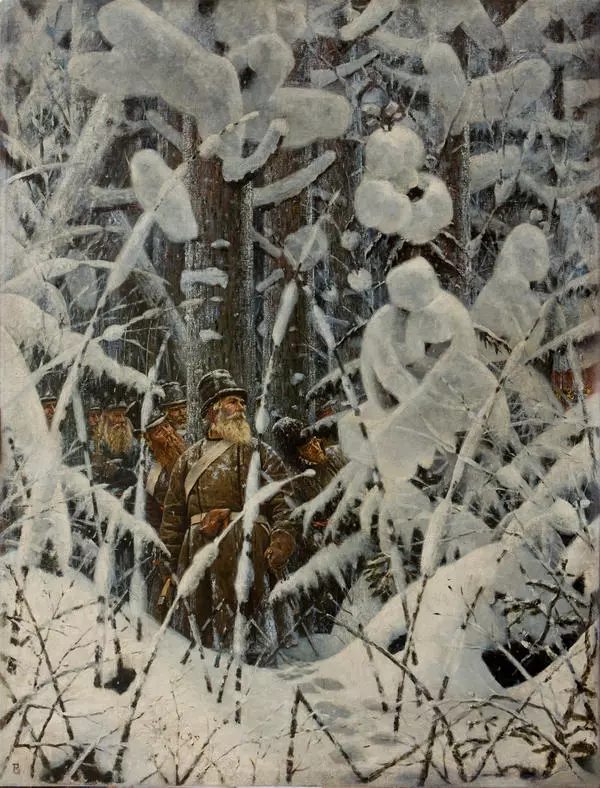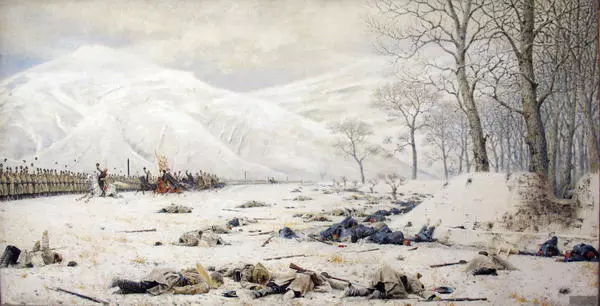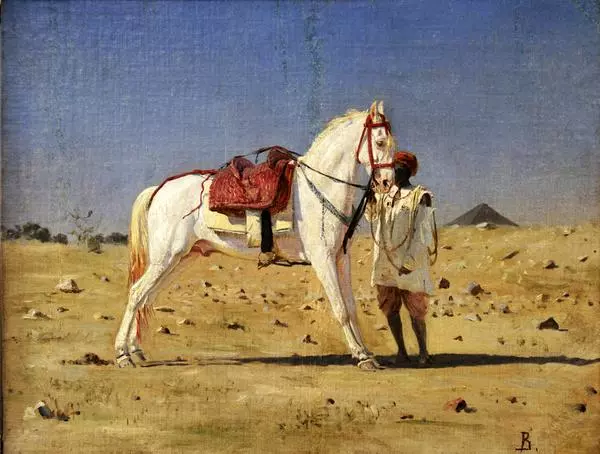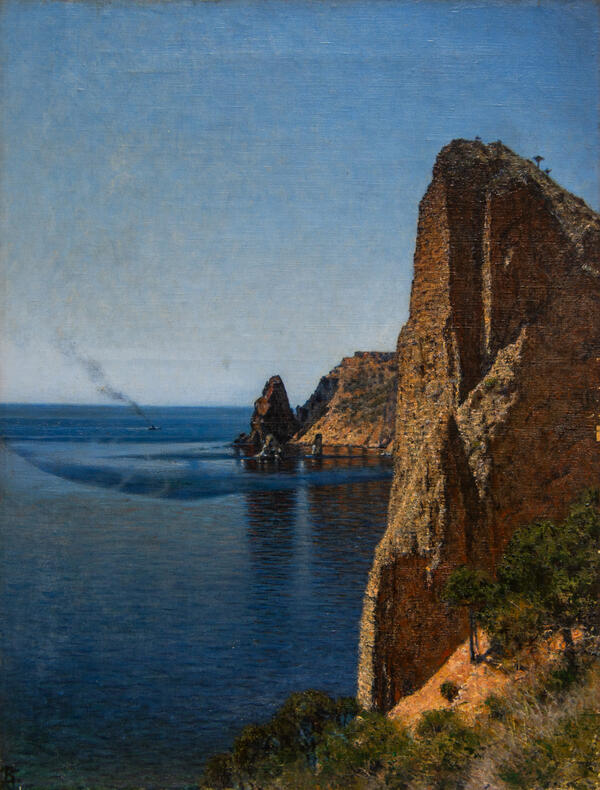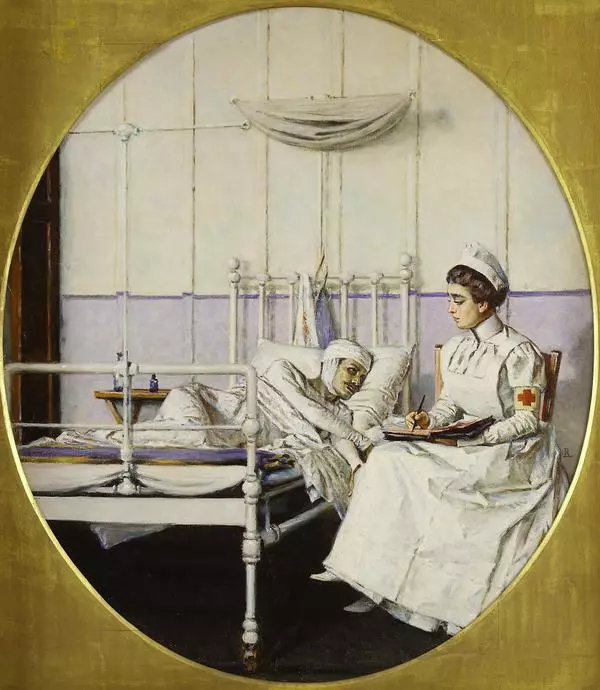The Sevastopol collection holds, perhaps, one of the most poetic works of the famous artist Vasily Vasilyevich Vereshchagin — “A Japanese Woman”, which introduces viewers to the lesser-known side of the artist’s work.
In the picture on display, the painter’s fascination with ethnography, peculiarities of everyday life, manners, and costumes of Japan is vividly manifested. Even the coloring sets the viewer the Eastern way. The work was painted during the artist’s travels in Japan. In three months, Vereshchagin created more than 20 studies which he planned to use as the basis for large theme-based paintings in Sukhumi. He considered light and air climatic conditions in this area the closest to those in Japan. Many studies from this series not only served as preparatory material but also had an artistic value in their own right, which is particularly true for “A Japanese Woman”. It was compositionally elaborate; even the frame for the painting was chosen specially for this work and, most likely, by order of the artist himself. The frame is carved with an eastern pattern which consists of intricately interwoven stylized flowers and dragons. Most of the Japanese sketches were acquired by the Alexander III Museum in 1905 from Vereshchagin’s posthumous exhibition.
The famous battle painter Vasily Vasilyevich
Vereshchagin (1842–1904) is widely known for his works dedicated to the
Patriotic War of 1812, the Russo-Turkish Wars, and the Turkestan series. He was
called “a patriot artist” and “a warrior artist”. He died on combat duty: he
went under water together with Admiral Stepan Osipovich Makarov on the blown-up
battleship “Petropavlovsk”. Of course, Vereshchagin could not help admiring the
feat of Russian sailors, the legendary defenders of Sevastopol during the
Crimean campaign. In 1899, under the impression of a tour (with the commandant
of the city) around the places of the bloodiest battles and stories about the
mass heroism of the participants of the defense of Sevastopol, Vereshchagin
wrote and in 1900 published a book entitled “Sevastopol”. It gave an emotional
and tumultuous account of the city defenders and the artist himself about the
dramatic events. This was to be followed by the development of the theme in
paintings, but the master’s plans were cut short by his death.




